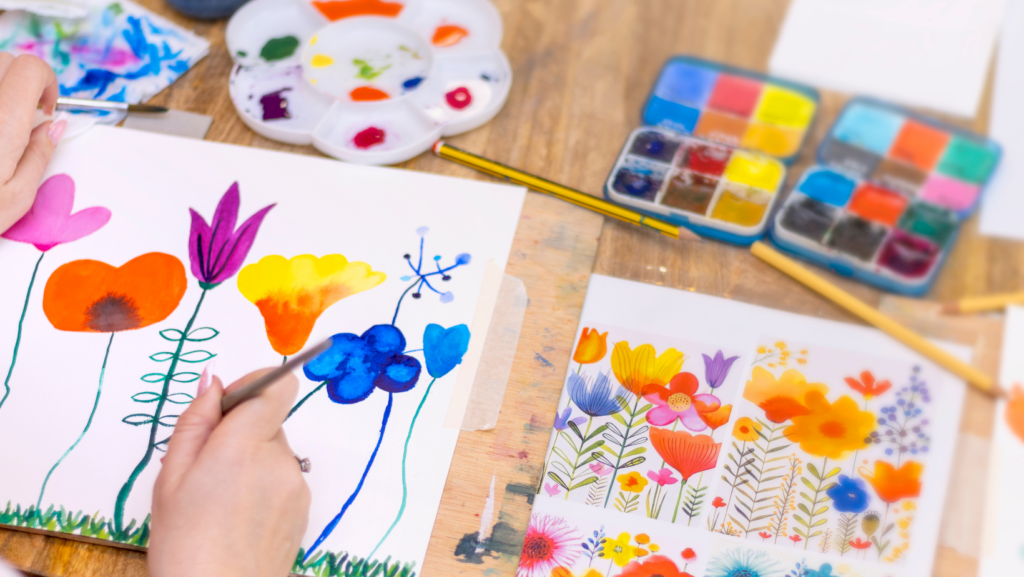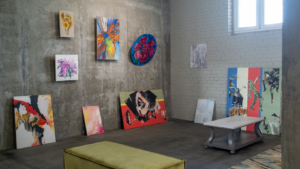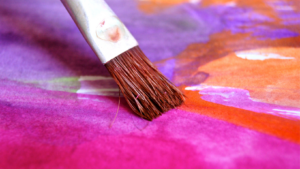
Art, in its diverse forms, has the power to evoke emotions, provoke thought, and transform our understanding of the world. One such form that’s been gaining traction is the enigmatic art images. These images, often shrouded in mystery, have sparked curiosity and intrigue among art enthusiasts and novices alike.
From their unique composition to their thought-provoking symbolism, these images are more than just visual treats—they’re conversations waiting to happen. Delving into the world of art images, we’ll uncover the stories behind their creation and the artists who bring them to life.
So, whether you’re a seasoned art aficionado or a casual observer, this exploration of art images promises to be a fascinating journey. Buckle up and prepare to see art in a new light.
Art:wtr38cr-o_c= Images

In this exploration, the focus narrows to the distinct identity of art images. Their unique aesthetics and the histories that shape them are pivotal in their interpretation and understanding.
Art images, captured by artists, carry their signature styles, techniques, and aesthetics. At heart, these images are imbibed with abstract symbolism and metaphoric elements, offering an intimate peek into the artists’ thought processes. Examples like intricate geometric patterns or vivid splashes of color, both mirrors of complex human emotions and experiences, become visible markers of the artists’ individualistic styles. Moreover, these signature techniques offer a visually resplendent experience, making art images simultaneously intellectually satisfying and visually delightful.
Historical Significance
Art images aren’t just artistic outputs; they’re historical artifacts, holding treasures of bygone eras within their frames. They’re mirrors of sociocultural and geopolitical events that shaped the times when these pieces were created. It’s through these thought-provoking images that moments of history come alive, capturing glimpses of ages of revolution, wars, cultural flooding, and domination, all encapsulated within frames. By examining art images, one isn’t merely appreciating the beauty of an art form; they’re also uncovering narratives of past civilizations and cultural trends.
Impact of art Images on Modern Art

These images’ influence is immense, extending far beyond aesthetic enhancements, effectively shaping the modern art landscape.
In the realm of contemporary artists, art images have proved transformative. They’ve unfurled new avenues for self-expression, their abstract symbolism liberating artists from rigid realism. For instance, artists such as Jackson Pollock and Wassily Kandinsky embraced this form’s abstract nature, effectively changing the discourse of modern art.
And it’s not just artists experiencing the ripples of impacts. Technology, specifically digital art mediums, owes much to these images. Many digital artists apply algorithms and coding to recreate the abstract randomness found in art images. This is noted prominently in algorithms like Perlin Noise, which is commonly used for generating textures and motion in computer graphics. In essence, the art genre has seeped into the digital world, setting the cornerstone for many technological applications in the domain of modern art.
How art Images Are Created

Creating an image intrigues with its elaborate process. Broadly, it’s a fusion of advanced techniques and rich artistic creativity.
In the creation of art images, a variety of techniques and materials find their application. The first step typically involves drafting a basic layout. This part of the process employs geometric calculations, aiding the formation of general shape and composition. The artists also rely on complex algorithms to produce unique patterns and designs.
The artists’ creative process is multidimensional, characteristically involving a blend of intellect, emotions, and craftsmanship. It starts with an idea or concept, inspired by personal experiences or societal observations.
Modification occurs in iterations, with elements being added or removed. It’s here artists like Jackson Pollock and Wassily Kandinsky exercised innovation, pushing the boundaries of conventional wisdom. As they navigate through their creative journey, they regularly inspect their work, making revisions to align it with the envisioned output.
